I am trying to model a transformer using coupled electrical and magnetic circuits. SPICE has many advantages in assembling these circuits. I was able to model properly for an transformer with no load, although the solution is a little slow.
When I try to add a secondary to the transformer, the simulation is prohibitively slow.
Does anyone have any clue as to what the problem might be?

